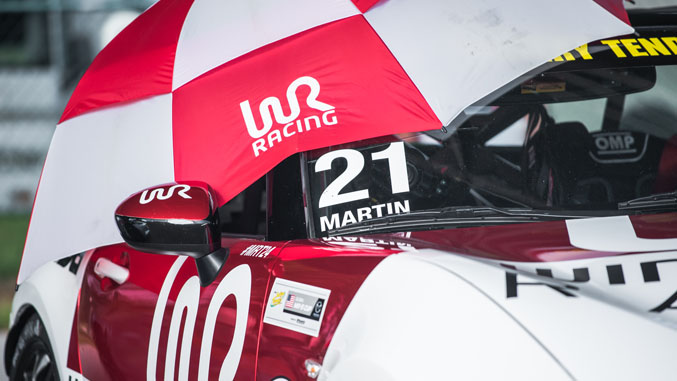Bring The Racing Calendar Into The 21st Century

Today we visit a simple idea: the annual racing calendar ending too early because of the historical demographics of the U.S. These have changed, and so the calendar should migrate too.
The basic observation is this: some of the traditions of road racing were formed in the 1950s and 1960s. More specifically, in the mid to late 1950s — when, for example, Watkins Glen, Road America, and Laguna Seca were built — more than 50% of the U.S. population resided in census bureau regions of the North and Midwest. In 2018, about 65% of U.S. residents will live in the South or West. That means twice as many people live in the West and South as in the Midwest and Northeast.
In 1960, it probably made sense to end the racing year in September. Cold weather was coming and the tracks in places like Elkhart Lake and Watkins Glen and Lime Rock would soon close for the winter. Starting in May and ending in September or early October probably was an easy call.
Now things are different. With most people living in the West and South, summer is not the best time to race. It is hot in California and Texas and Florida! Spring and Fall are better from a weather standpoint. In addition, more racing occurs across state lines with innovations like the SCCA Majors and pro series like MX-5 Cup, World Challenge, and Spec MX-5 Challenge. The ideal series would travel geographically along with good weather. Drivers would like this, too.

But if we end the season in September, there is too little racing in October and November. This might seem like a small difference, but If racing starts in February and ends in September, we've got a 31-week calendar, that is really about 20 weeks most places (removing summer in the West and South and February to April in the North). If we add October and November, we gain about 8 weeks on 20, for a 40% longer season.
This expanded year makes scheduling easier for drivers and teams. It puts races in more desirable calendar slots when it is more fun for drivers and spectators. And, perhaps most importantly, it may provide for a stronger revenue stream for tracks, making new tracks and track improvements viable.
We're almost two decades into the 21st century. Time for the annual calendar to catch up.


















